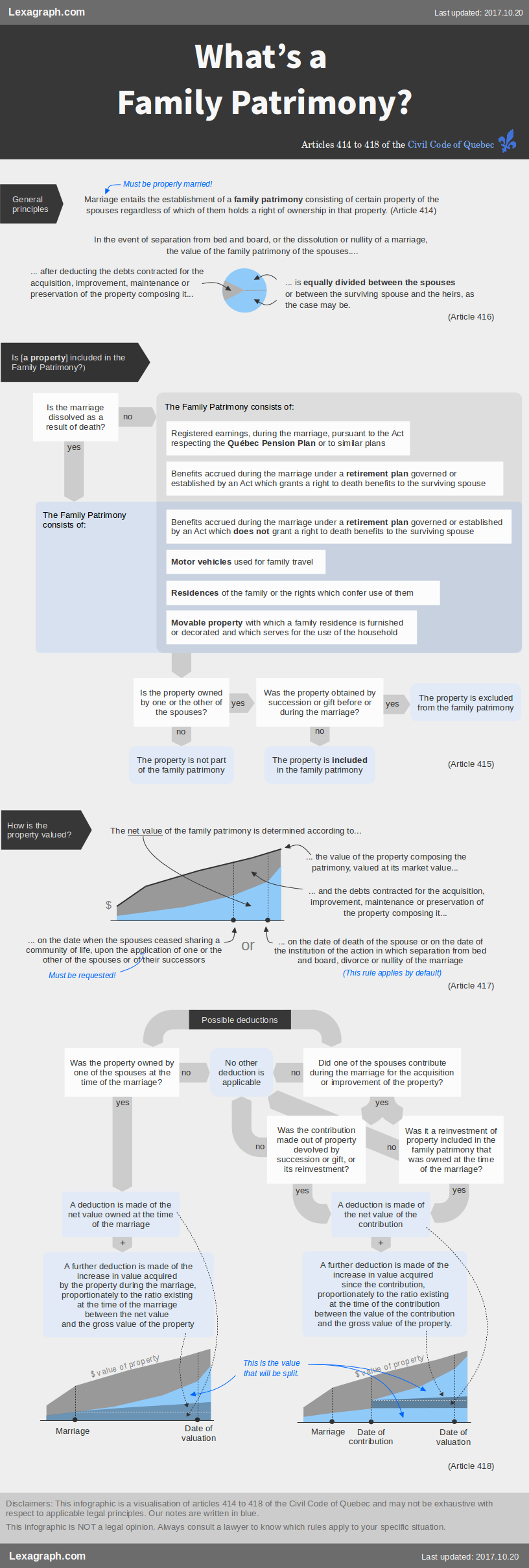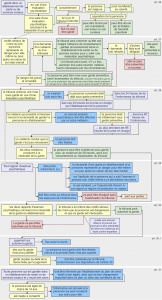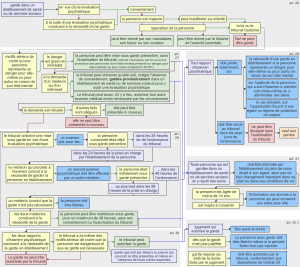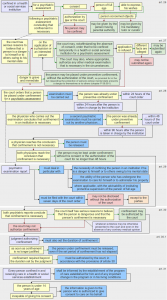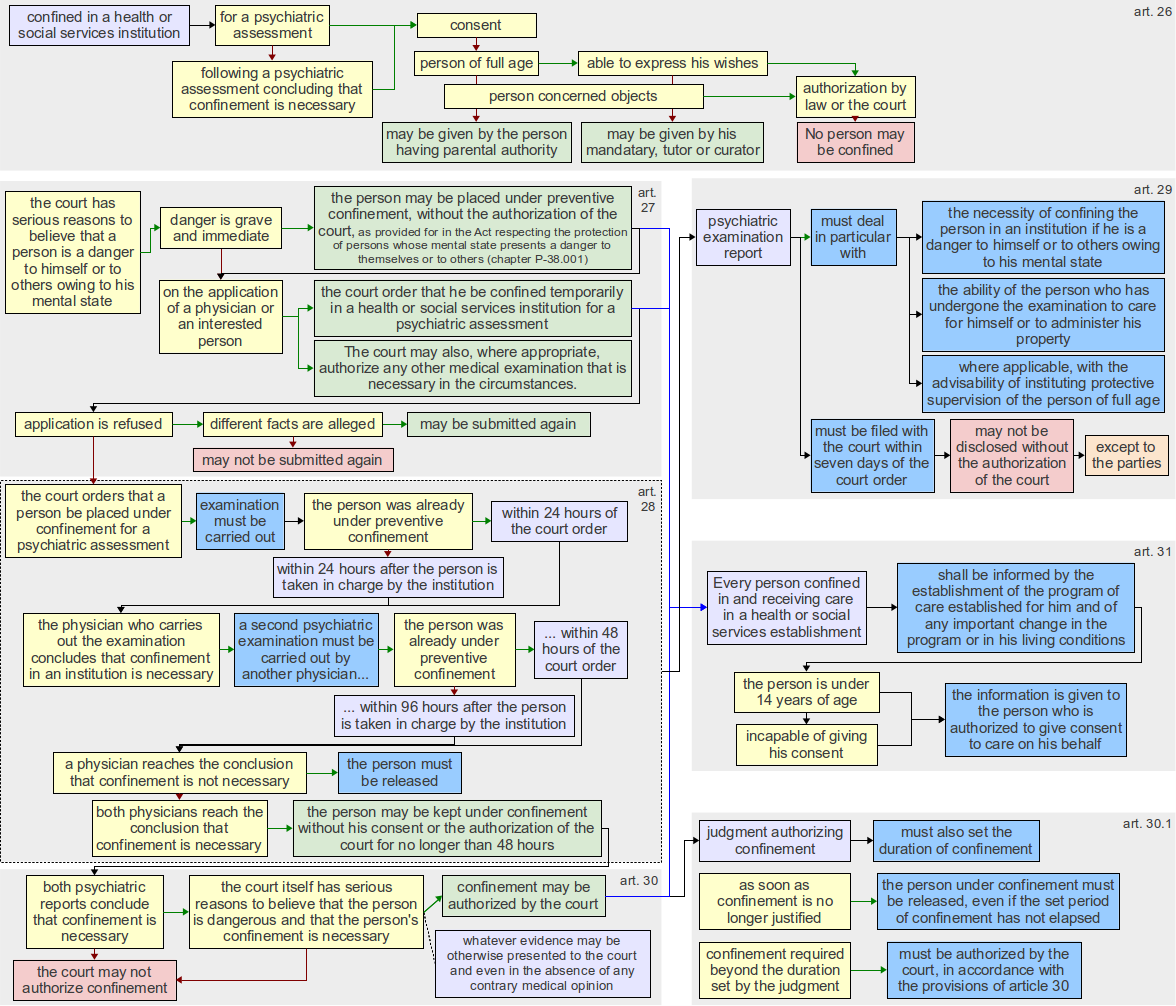As a follow-up to my last post (from 4 years ago!), here’s the result of the eBay lawsuit, where two users were suing eBay for cancelling their auction, which had reached $98,000.
The ruling is from december last year (which goes to show how long it takes for a case to go to trial these days) and offers a really interesting look at how Quebec law approaches Terms of Services.
The case is pretty simple: plaintiffs put a pair of limited edition Nike shoes on eBay, the auction reached $98,000 when eBay cancelled it. Plaintiffs re-posted the ad, but the bidding only reached $1,500, so they cancelled the sale and sued eBay for damages.
To justify cancelling the auction, eBay claimed multiple Terms of Service (TOS) violations by the plaintiffs, none of which were accepted by the court, so we won’t discuss them here.
eBay’s last defense was that their TOS had a clause allowing them to suspend service, as well as a limitation of liability clause, that would prevent them from being liable for damages in this case.
We note here that the judge does not just go ahead and apply the clause, but rather, takes the time to examine its validity. This is because the contract between the plaintiffs and eBay (the TOS) was a “contract of adhesion” as well as a “consumer contract”. In these types of contracts, abusive clauses are forbidden and courts will not apply them.
“A
contract of adhesion is a contract in which the essential stipulations were imposed or drawn up by one of the parties, on his behalf or upon his instructions, and were not negotiable.[…]” (
1379, Civil Code of Quebec)
“A consumer contract is a contract whose field of application is delimited by legislation respecting consumer protection whereby one of the parties, being a natural person, the consumer, acquires, leases, borrows or obtains in any other manner, for personal, family or domestic purposes, property or services from the other party, who offers such property or services as part of an enterprise which he carries on.[…]” (1384, Civil Code of Quebec)
The Court found that the wording of the service suspension clause was too broad, allowing eBay to cancel service withought justification. The Court therefore deemed this clause abusive and refused to apply it.
Now, if eBay is not allowed to cancel a sale without justification, they may still cancel it if the action is justified by a serious reason. This is based on general contracts rules:
“The contractor or the provider of services may not resiliate the contract unilaterally except for a serious reason, and never at an inopportune moment; otherwise, he is bound to make reparation for injury caused to the client as a result of the resiliation.
Where the contractor or the provider of services resiliates the contract, he is bound to do all that is immediately necessary to prevent any loss.” (2126, Civil Code of Quebec)
The Court analyzed the various reasons brought up by eBay to justify the termination, but concluded that none of them were valid. Moreover, the Court also points out the lack of notice before the cancellation (the law says “never at an inopportune moment”). Therefore, eBay is liable for damages.
How does the court award damages?
Plaintiffs are asking for $98,000, which is the last bid, whereas eBay claims the shoes are only worth about $1,200.
The “loss of a future gain” may be compensated if the gain was certain or probable.
In this case, the court accepted the $98,000 valuation, which represented the last bid, rejecting eBay’s various claims that the buyers may not have honored their bids, as well as the claims that the shoes were worth between $170 and $3,200 based on other transactions.
However, just because the shoes could have been sold for $98,000 does not mean this is the amount that will be compensated. Various amounts may be deducted, and whether the Court will allow these deductions depends on the proof presented at trial.
For example, eBay claimed that the top bidder may have pulled out of the deal, but did not have proof to back that claim.
On the other hand, the judge did allow a 10% deduction, which represents the fee that would have been paid to eBay. The actual amount the plaintiffs would have received is therefore $88,200 (98,000 – 9,800).
Another issue is that plaintiffs must seek to minimize their own damages. In this case, plaintiffs should have sold the shoes for $1,500, and since they can still sell the shoes, the judge deducted the $1,500 from the damamges, for a final amount of $86,700 (98,000 – 9,800 – 1,500).
* * *
As an aside, I’d like to point out, regarding that last deduction, that many amounts were mentioned in the judgment:
– eBay valued the shoes at $1,200
– eBay sales of the same shoes went between $170 and $3,200
– plaintiffs’ second ad reached $1,500
The judge could have picked any of these numbers, and it is up to the parties to present arguments on the best number to pick.
eBay valued the shoes at $1,200, which is actually less than the value granted by the judge in the end. Tactically, this seemed strange to me, as a higher valuation would’ve given more deduction, but made sense when I thought about it: there’s no knowing which way the judge would lean, and eBay was hoping all along to only reimburse the market value of the shoes. In this context, it makes sense to hedge their bets and put forward a reasonable, middle-ground amount.
I also noticed that the judge did not deduct the 10% eBay fee on the $1,500 like it was done for the $98,000, possibly because nobody asked for it.


